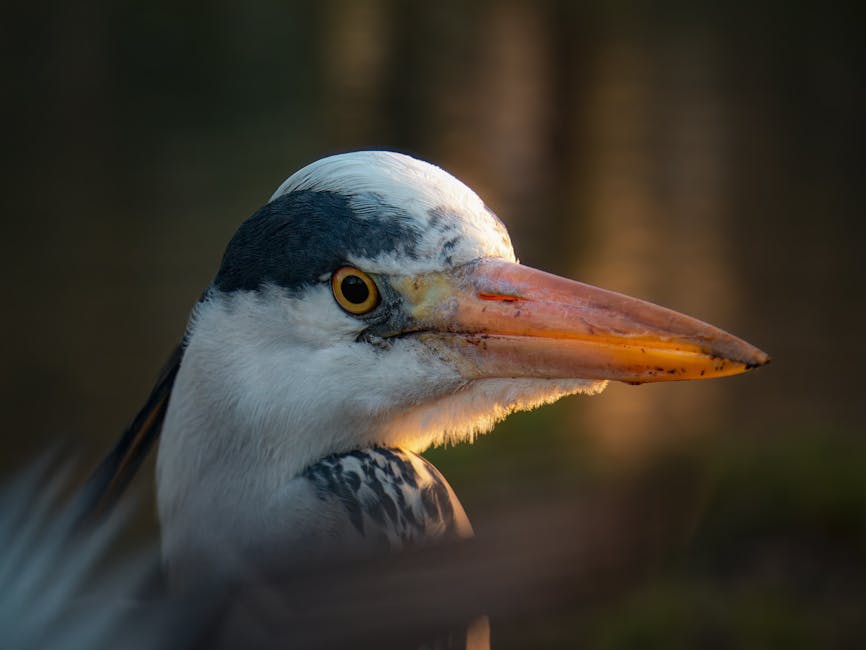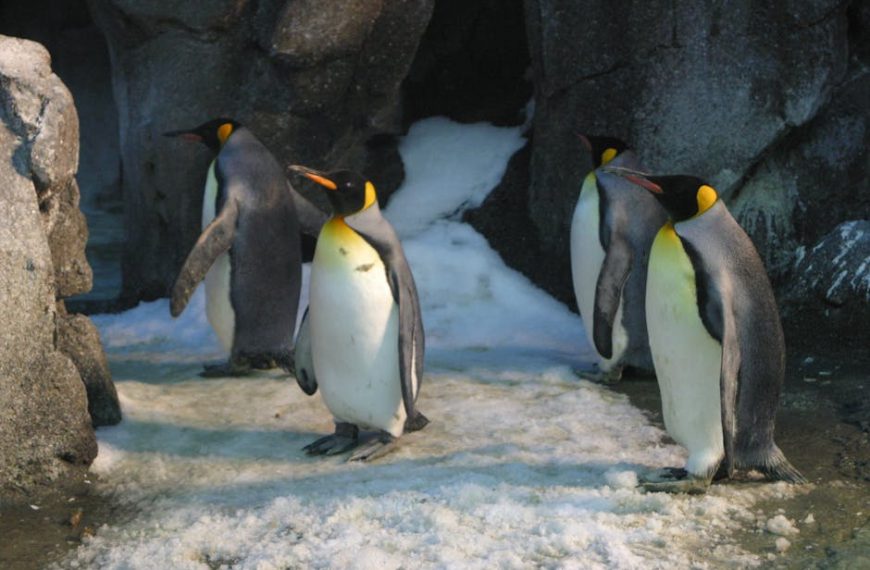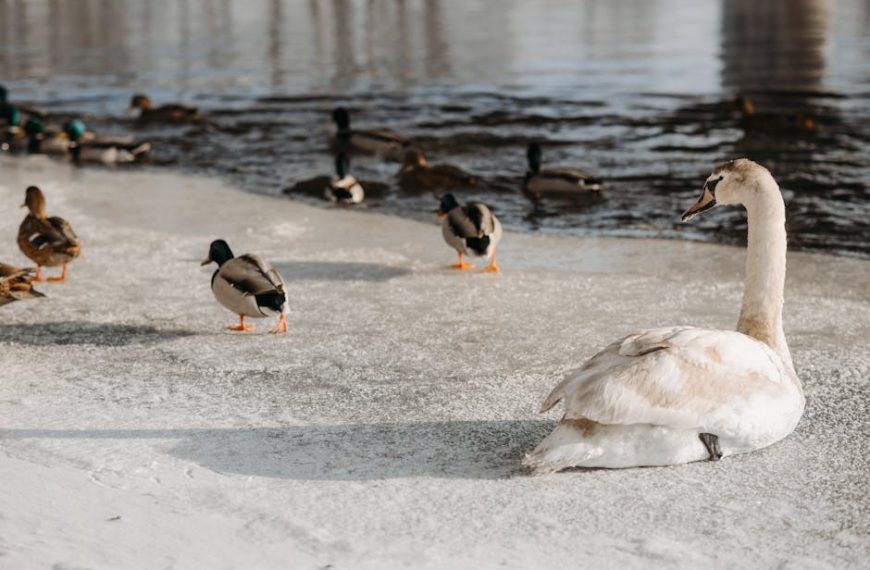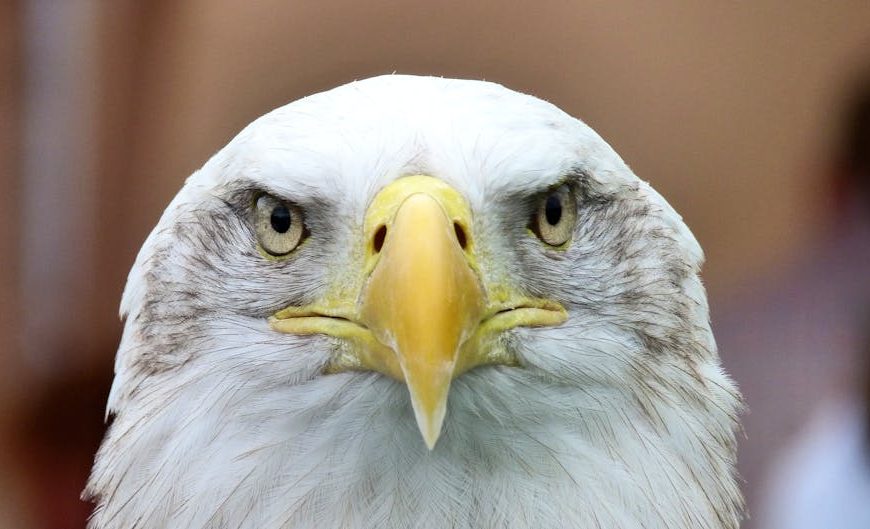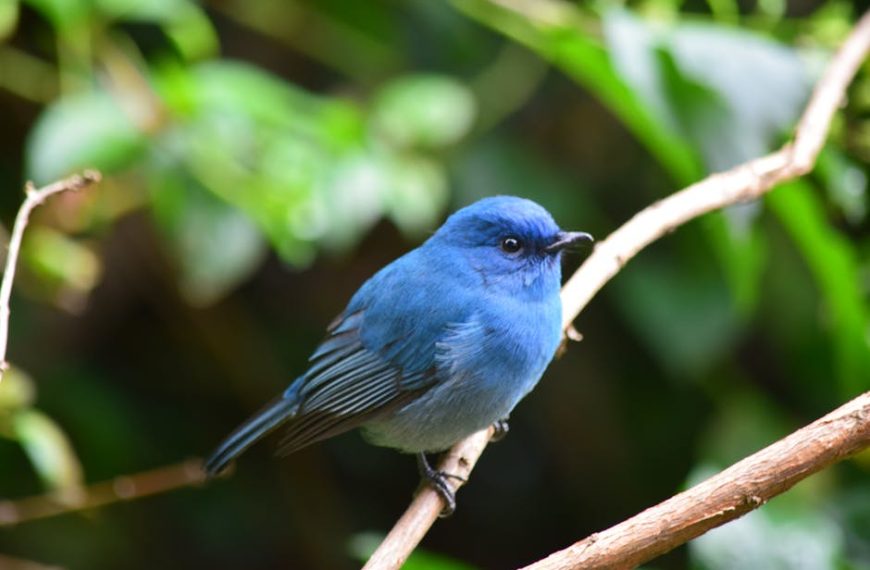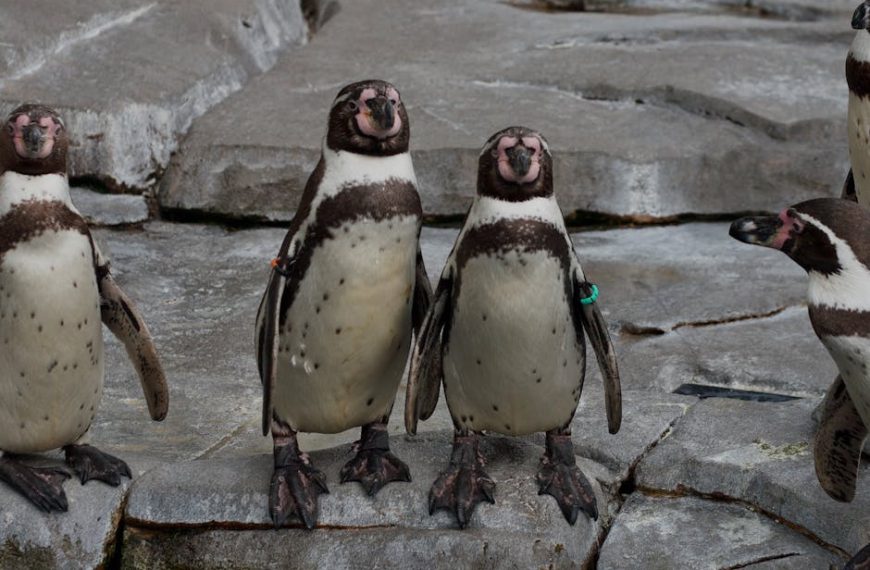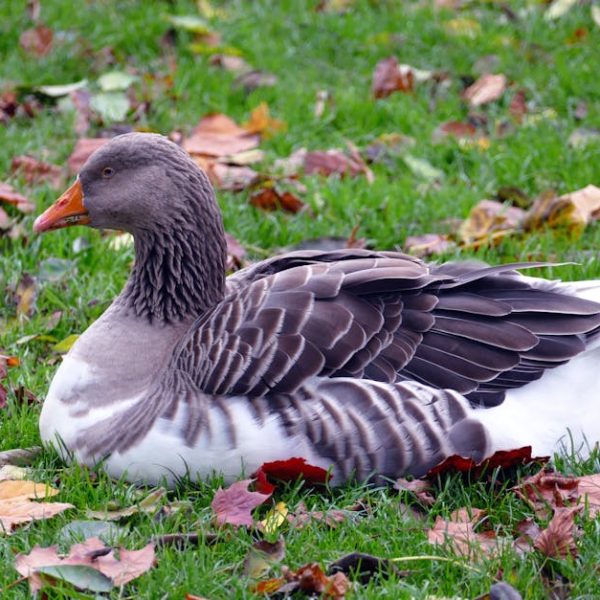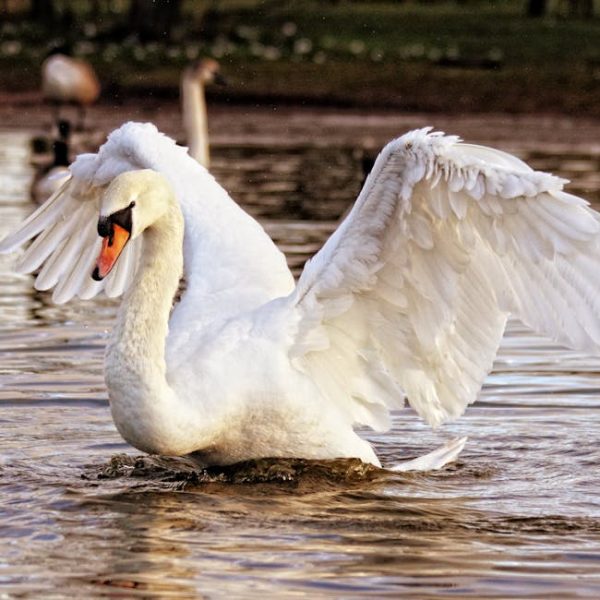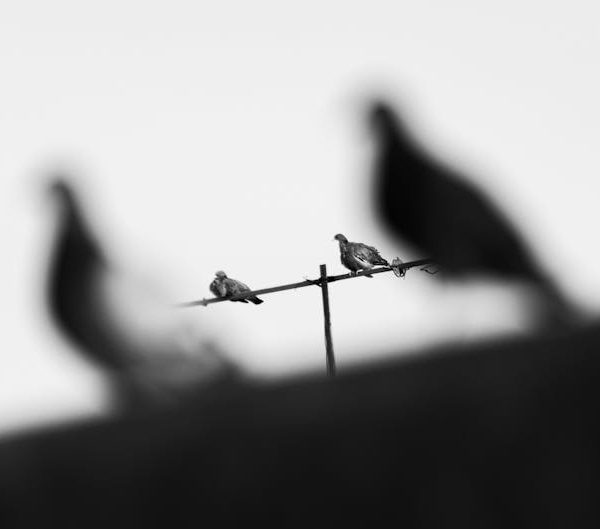Everyday phenomena often bear the particulars of the natural world’s immense complexity. An intriguing example lies in the seemingly mundane matter of birds’ white droppings.
Underlying Anatomy and Physiology of Birds
Birds, while being a vital part of our ecosystem, are beings of a different feather. Their anatomy and physiology present significant distinctions from humans and other mammals. Central to the distinctiveness of bird excrement is the way they process waste in their bodies. Unlike mammals that process waste in separate urine and fecal streams, birds amalgamate these processes through a single exit – the cloaca.
Key organs involved in this process are the kidneys, where waste is processed, and the cloaca, the shared terminal connector for the urinary, intestinal, and reproductive tracts. The cloaca ensures both solid and liquid wastes are expelled simultaneously, resulting in the unique composition of bird droppings. In contrast, mammals have separate routes for excreting urine and fecal matter.
The Role of Uric Acid in Birds’ Droppings
Leading the pack of causes that make birds’ droppings white is the presence of uric acid. Birds, due to their unique excretory processes, convert nitrogenous waste into a compound called uric acid. Unlike urea, which mammals excrete as urine, uric acid is less toxic, non-water soluble, and comes out as a white paste.
Birds’ excretion of uric acid has evolutionary advantages. It allows for efficient water conservation- a significant survival asset for species dwelling in arid zones. However, the downside surfaces in their interaction with human habitats. The high concentration of uric acid in bird droppings can corrode metal and damage the paintwork of structures and automobiles, making it a troublesome task to remove bird droppings from surfaces.
Pro tip:
Dealing with a stubborn stain? Pre-treat the area with a solution of equal parts warm water and white vinegar. This mixture helps break down the uric acid and lift it from the surface, making the bird poop easier to wipe away. Always remember to use protective gloves while cleaning bird droppings, owing to potential health risks.
How Dietary Factors Influence Bird Droppings
Food – it’s not just central to our life’s joys – it impacts bird poop too! A bird’s diet influences the color, texture, and consistency of its droppings. Seed-eating birds, for example, often have droppings that contain indigestible seeds. Birds’ droppings can reveal much about their eating habits and overall health, making them an object of keen observation for bird watchers and caregivers.
Best Practices:
If you care for birds or regularly observe them, noting changes in their droppings can provide critical cues about their health. Certain noticeable changes might indicate disease or dietary issues:
- Rapid shifts in poop color, particularly to green or yellow
- A sudden increase in the volume of droppings
- Runny or unusually thick droppings
- Presence of blood or undigested food
Checklist:
Keep an eye on your avian friend’s poop for indications of health problems. Here’s what to look out for:
- Change in color to green, yellow, or red
- Changes in consistency – watery or hard droppings
- Presence of blood
- Undigested food particles
- Increased or decreased poop volume
Understanding the Color Variations in Bird Droppings
Despite their usual white chalky appearance, bird droppings can take on a palette of colors based on dietary or health factors. For instance, green droppings might indicate a diet rich in grass while red waste could signal a diet heavy in berries. However, apart from diet-induced colors, certain repetitively unusual colors like black might hint at underlying health issues.
Comparison:
In keeping with understanding the language of bird poop, let’s contrast healthy and worrisome signs.
| Healthy Droppings | Unhealthy Droppings |
|---|---|
| White or slightly buff-colored | Consistently dark or green |
| Occasional color changes related to diet | Persistent changes irrespective of diet |
| Normal consistency | Watery or unusually thick |
| No obvious blood or undigested food | Presence of blood or undigested food |
Why Birds’ Poop Matters in an Environmental and Biological Perspective
Birds’ droppings are more than just waste – they play significant roles in both local ecosystems and scientific research. They aid in seed dispersal, thereby assisting in plant diversity and distribution. They recycle nutrients back into the soil, maintaining soil fertility. Scientists also use fecal matter to track bird populations, diet patterns, and even reveal environmental pollutants.
Pro tip:
Lessons from bird poop are many! Acknowledge the importance of bird droppings, but also consider practical approaches to minimize their inconvenience. Installing bird deterrent devices can help keep our vehicles and structures clean, without adversely impacting the birds.
Best Practices:
It’s essential to balance our living with bird populations. Some steps we can follow are:
- Proper waste management to limit unsightly droppings
- Responsible bird feeding habits to maintain healthy populations
- Regularly clean bird feeders and water sources to prevent the spread of avian diseases
There you have it – the science behind why birds’ poop is white and its part in the grand biology tableau. So, next time you see a bird dropping, remember, it’s not just poop but part of an intricate natural process!
Key Takeaway:
- Birds have a unique excretory system where urine and feces are expelled simultaneously through the cloaca.
- They excrete nitrogenous waste through uric acid, a non-water-soluble compound that gives their poop a white appearance. This process is efficient for water conservation, especially for species living in arid environments.
- Dietary factors heavily impact the color and consistency of bird droppings, offering critical information about their health and eating habits.
- Although primarily white, bird droppings can exhibit a variety of colors based on diet or health conditions.
- Bird droppings play crucial roles in seed dispersal, nutrient recycling, and scientific research, highlighting their environmental and biological significance.
In conclusion, the realm of bird droppings unveils fascinating insights into avian biology and ecology. Remember, the next curious spot of white isn’t just bird waste; it embodies a world of science and nature’s marvels. Stay curious, keep learning, and don’t forget to show respect for our feathered friends and their environments.
FAQs
Q: How can I tell if a bird’s droppings indicate a health issue?
A: Consistent unusual colors like black, consistently watery or hard poop, the presence of blood, undigested food particles, or a sudden increase or decrease in poop volume are some signs that may indicate health problems in birds.
Q: Can human intervention affect the health of bird populations?
A: Yes, human activities, including poor waste management and irresponsible bird feeding practices, can adversely affect bird health. Keeping our environments clean and following responsible bird feeding practices can contribute significantly to maintaining healthy bird populations.
Q: Do all birds excrete white poop?
A: The majority of bird species excrete white droppings due to the presence of uric acid. However, variations can occur based on a bird’s diet or health conditions.
Q: What can I do to minimize the inconvenience caused by bird droppings?
A: Steps like installing bird deterrent devices and regular cleaning of surfaces can minimize inconveniences. It’s important to remember to balance these practices with maintaining a friendly environment for birds.
Q: Why is the uric acid in bird droppings a problem for human-made structures and vehicles?
A: The high concentration of uric acid in bird droppings can corrode metal and damage the paintwork of structures and vehicles. It’s advisable to clean droppings off these surfaces promptly to prevent damage.
If you found this article intriguing, please consider sharing it and exploring more of our posts to satisfy your thirst for knowledge.
